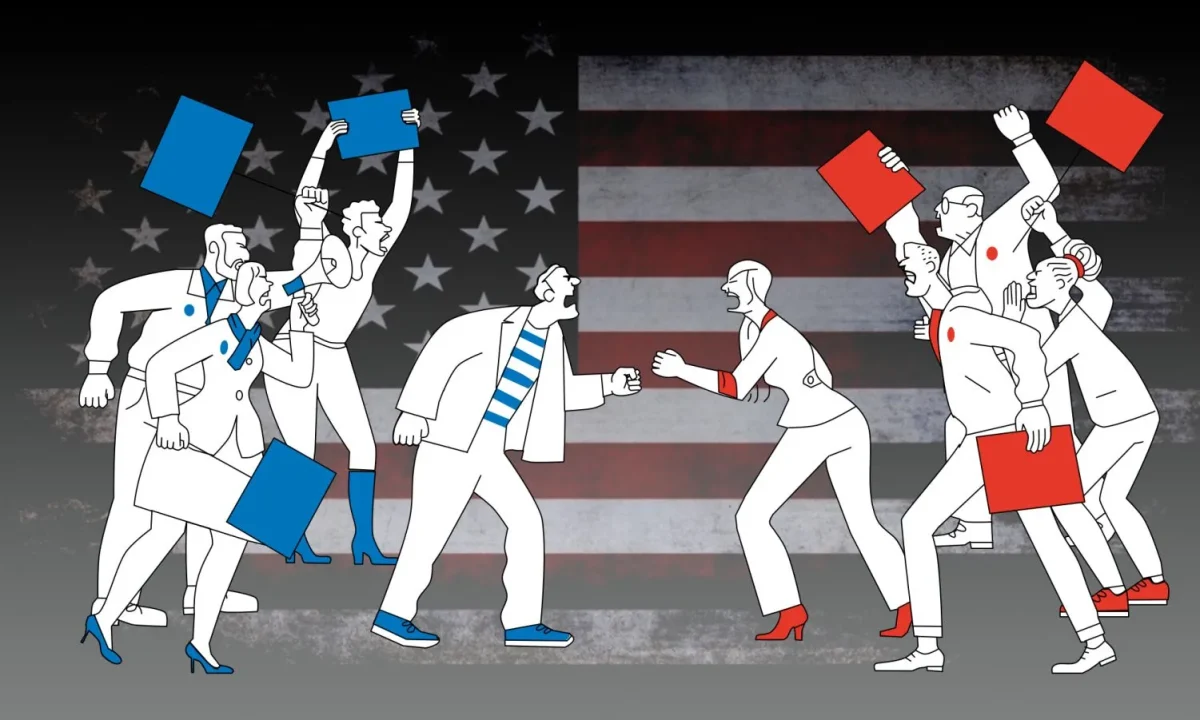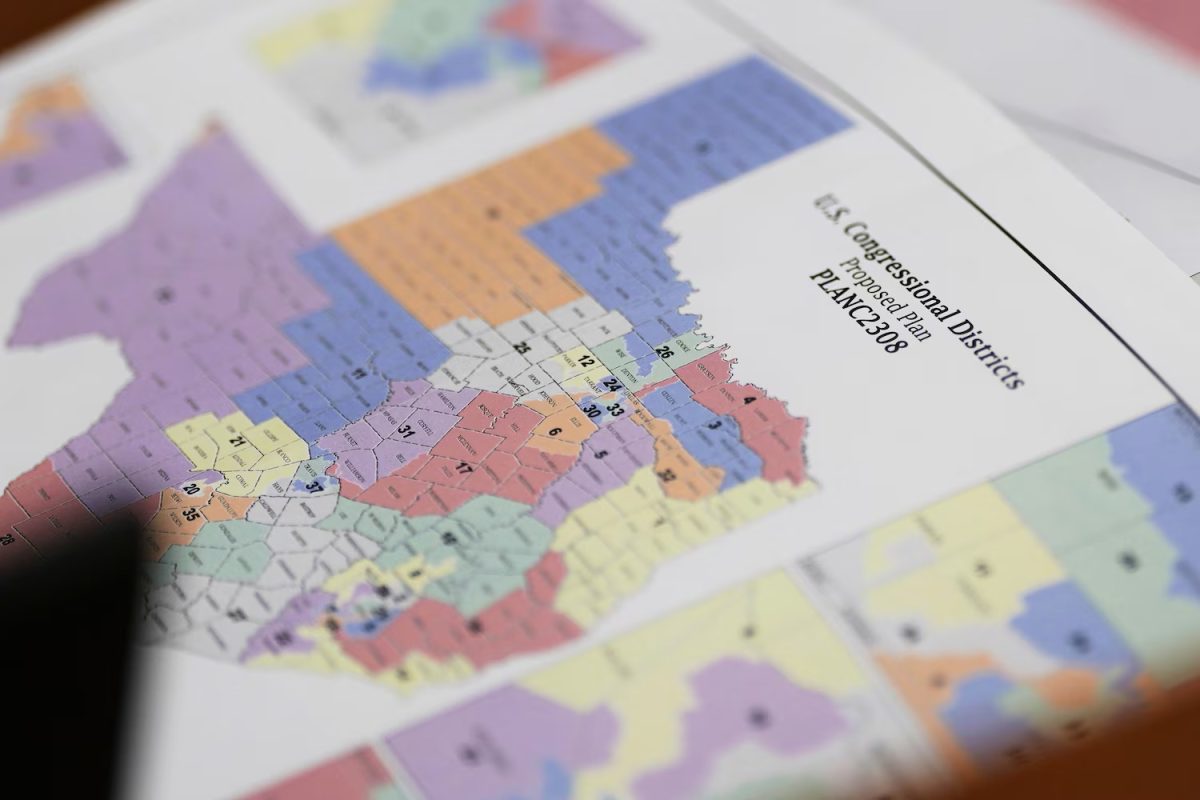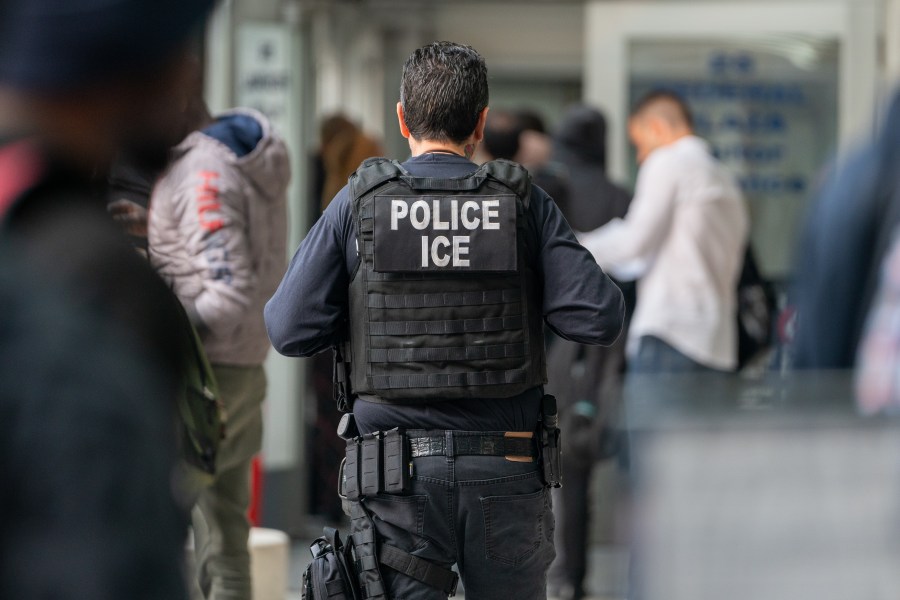Since his return to the White House in January 2025, former President Donald Trump has implemented sweeping changes to U.S. immigration policy, intensifying enforcement efforts in line with his campaign promise to deport millions of undocumented immigrants. Federal data shows that within the first month of his administration, nearly 23,000 arrests and 18,000 deportations have taken place, signaling a sharp departure from the immigration priorities of the Biden era. However, while arrests have surged, deportations have not kept pace, leading to a growing population of detainees in ICE facilities.
Escalation of Interior Immigration Enforcement
One of the most notable aspects of Trump’s immigration crackdown is the increase in Immigration and Customs Enforcement (ICE) arrests within U.S. borders. Under Biden, ICE detained an average of 255 people per day, whereas by late January 2025, that number had skyrocketed to 872 daily arrests before dropping slightly to just under 600 per day by mid-February. This marks a significant shift in policy, as the administration has prioritized apprehensions in the interior of the country rather than focusing primarily on border crossings.
Targeting Criminals—or Expanding the Scope?
While the Trump administration has framed its aggressive immigration policies as a crackdown on criminal activity, data suggests an increasing number of detainees have no criminal record. By late February, 16% of those held in ICE detention had no prior charges or convictions, compared to just 6% in mid-January. This trend has raised concerns among immigrant advocacy groups and legal experts who argue that the administration is expanding its enforcement scope beyond its stated goal of prioritizing criminals for deportation.
The Laken Riley Act: A Turning Point in Enforcement
A particularly significant policy shift under Trump has been the near-elimination of parole and supervised release programs. Under the previous administration, many immigrants who were not deemed threats to public safety were granted conditional release while awaiting immigration proceedings. However, ICE has drastically cut back on these practices, with parole releases nearly halting entirely by late February. Only a small number of individuals are now released after posting bond or meeting other conditions.
The implementation of the Laken Riley Act in January 2025 further intensified the administration’s crackdown on immigration, representing a profound change in the landscape of enforcement. This legislation mandates the detention without bail of noncitizens arrested or charged with certain offenses, including burglary, theft, larceny, shoplifting, assaulting a police officer, or crimes resulting in death or serious bodily injury. Notably, the law applies even to immigrants authorized to be in the U.S., such as asylum applicants, Deferred Action for Childhood Arrivals (DACA) recipients, and Temporary Protected Status (TPS) holders, without exceptions for minors.
Consequences of the Laken Riley Act
A particularly concerning aspect of the Laken Riley Act is its provision for mandatory detention without bond for individuals merely accused—not convicted—of specified crimes. This approach effectively presumes guilt and strips individuals of their constitutional right to due process. The law’s broad language means that even minor infractions can lead to indefinite detention, placing immigrants at heightened risk of family separation and prolonged uncertainty. Advocates argue that this undermines fundamental American values of justice and fairness.
The act also empowers state attorneys general to sue the federal government over immigration enforcement decisions, granting states unprecedented influence over federal immigration policy. This provision raises concerns about potential overreach and the introduction of varying enforcement standards across the country.
In practice, the Laken Riley Act has led to increased collaboration between local law enforcement and federal immigration authorities. Some police departments have expressed reservations about enforcing the law, citing concerns over strained resources and potential community distrust. This division among law enforcement agencies adds complexity to the law’s implementation and underscores the contentious nature of its provisions.
Reactions to the Laken Riley Act
The law’s enactment has sparked widespread criticism from immigrant rights groups, legal experts, and civil liberties organizations. They argue that the Laken Riley Act exploits personal tragedy to fuel anti-immigrant sentiment and undermines constitutional protections without enhancing public safety. The mandatory detention provisions are seen as particularly devastating, as they disproportionately affect immigrants accused of low-level offenses and contribute to family separations. Furthermore, the law’s potential to inundate federal courts with lawsuits from states challenging immigration policies could lead to judicial gridlock, hindering effective immigration reform.
The Laken Riley Act represents a significant shift in immigration enforcement, with profound implications for immigrants’ rights and the balance of power between state and federal authorities. While intended to enhance public safety, its broad provisions and potential for overreach have sparked debate about its efficacy and alignment with American values of justice and due process.
Challenges and Congressional Action
Despite the administration’s efforts, it remains unclear whether Trump will meet his ambitious deportation targets. Some officials, including ICE Director Tom Homan, have expressed frustration over the pace of enforcement. To accelerate the process, Republicans in Congress have proposed allocating billions of dollars in additional funding for ICE and related agencies. Furthermore, Trump has moved to expand the military’s role in immigration enforcement, a move that is likely to face legal challenges.
As Trump’s immigration policies continue to unfold, their long-term impact remains uncertain. What is clear, however, is that the administration’s approach marks a drastic reversal from the Biden era, with heightened enforcement, increased detentions, and a growing debate over the fairness and effectiveness of these measures.













